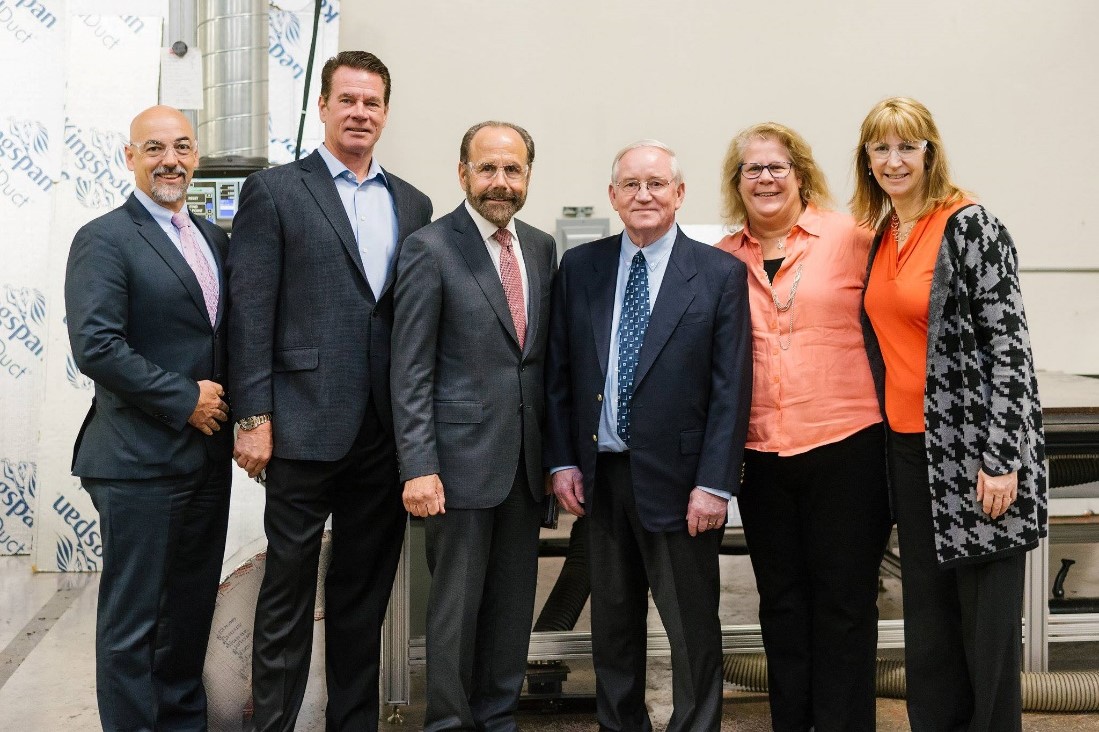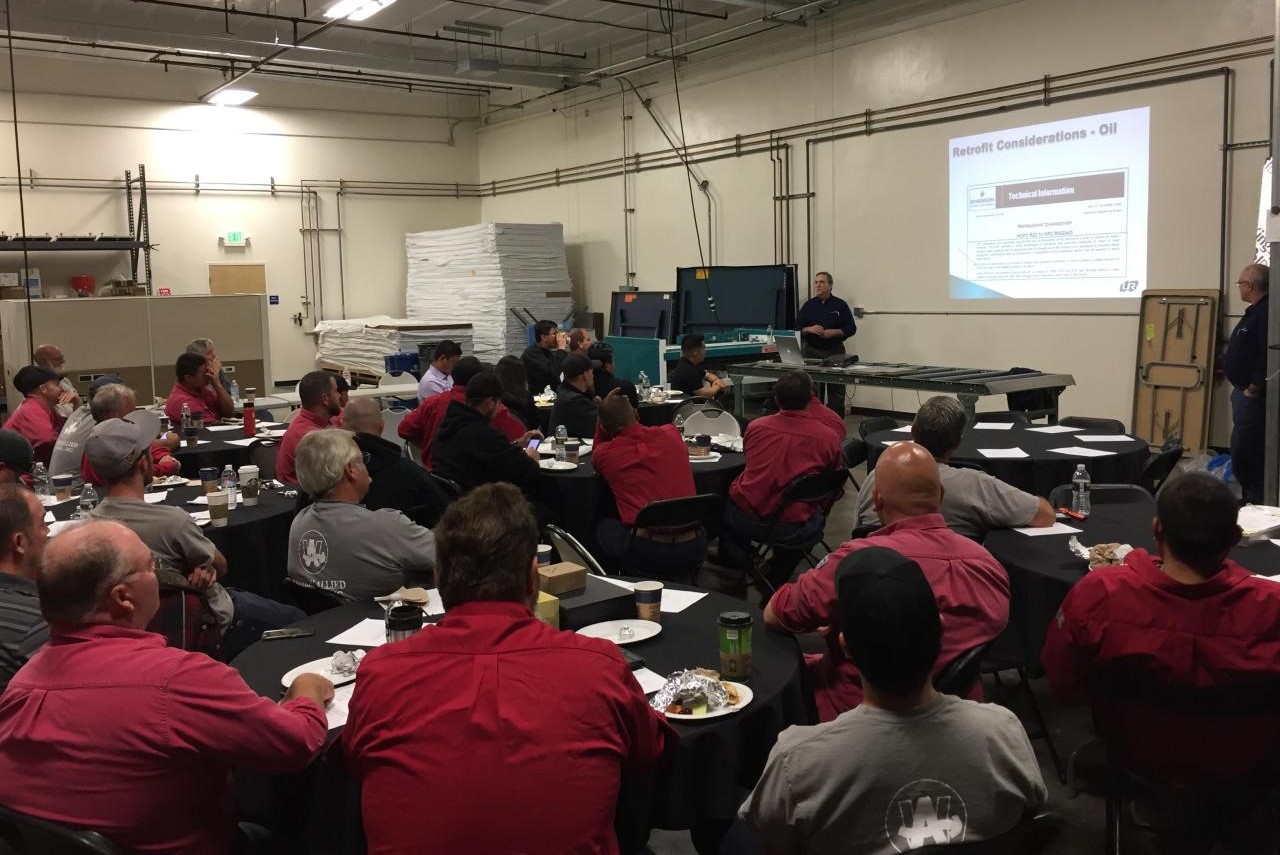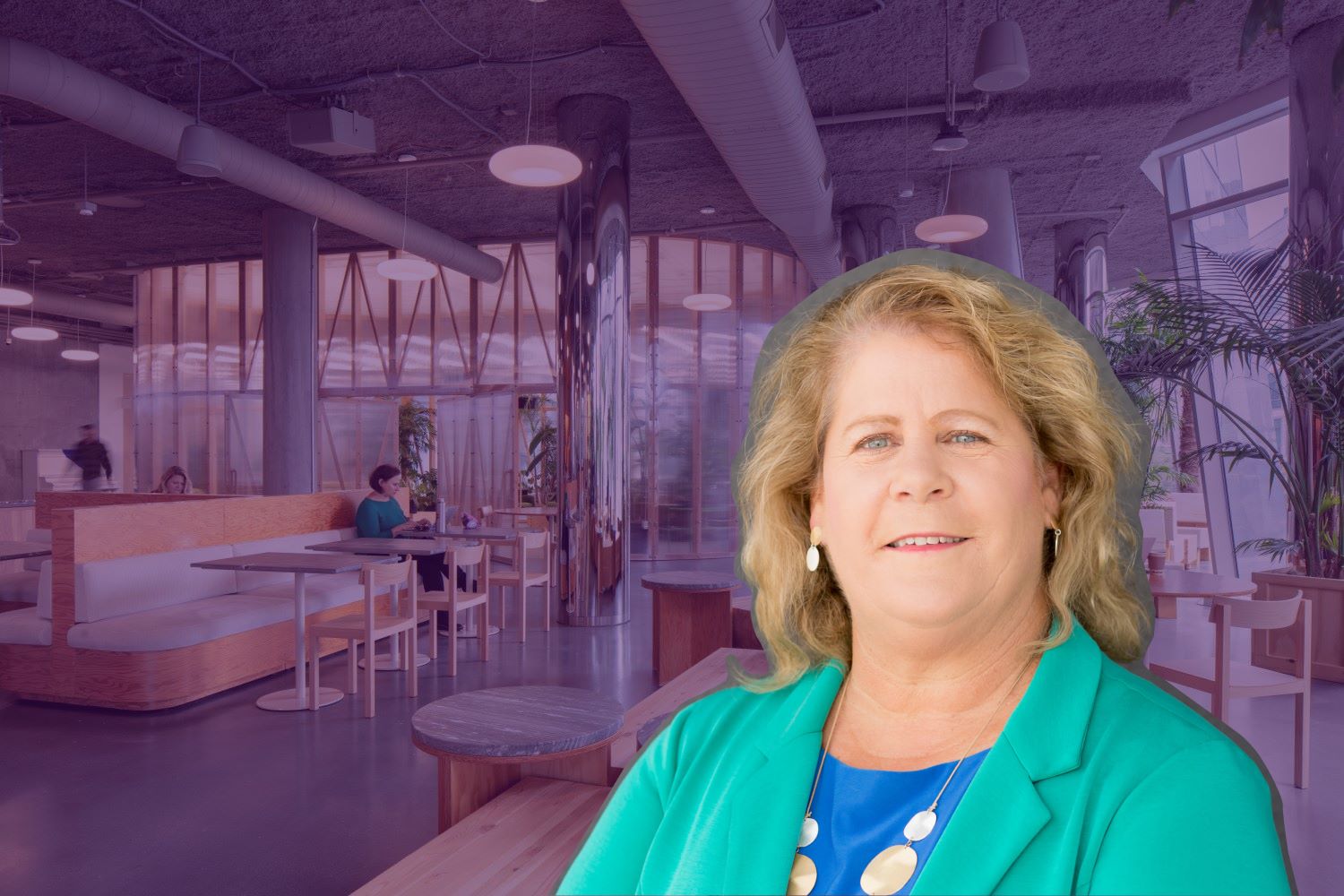Western Allied: What is the Core of Strategic Investing in Culture and Growth?
Having been leading in the construction industry for more than 50 years, Western Allied Mechanical now operated under Angie Simon – its third generation of management. The company specialized in design and build for biotech, high-tech; retrofit and replacement; LEED and Green projects as well as HVAC service and maintenance.
Matured Out of the Two Crises
Besides being the CEO of Western Allied Mechanical, Angie Simon also is the first woman in 75 years to hold the president position at The Sheet Metal and Air Conditioning Contractors’ National Association (SMACNA). In a conversation with BizJournal and the series podcast ‘It Happened on the Job’, the chief unveils her personal insights upon surviving two economic downturns of 2008 and 2019.
With a degree in mechanical engineering, she went into the construction business straight out of college and since then thrived at being a woman in a ‘man’s world’. Joined Western Allied more than 30 years ago, till 2008 right in the middle of the recession, the chief took over the president role and turned it from a $30M company into a $106M legacy.
There are many similarities and differences she sees between the two crises.
The economy until COVID-19 was booming, and it’s the same as 2008 – crises happen quite abruptly and might at the time you are doing well. Hence, the common difficulty is to figure out how to get enough inside help for, particularly, project managers and the design department who have been buried. “How to build a workforce that you do not have to let people go when things slow down and can get back to them when things get busy again?”
The construction industry has a tendency to lag behind recessions a little bit because you have landed work so when the wave strikes you still have to finish it out, the chief says. And that is where 2008 differentiated from 2019 – “in 2008 when it started to slow down the bidding stopped immediately. But we don’t have jobs shut down in 9/11, at that time we were only a local Bay Area company. It didn’t really affect us.”
On the other hand, in 2019 – “People are bidding a ton right now! This is very positive across the nation because I just had a phone call with our national board at SMACNA of 25 committees. Everybody I talked to, they were busy bidding. So, I don’t think the owners and the developers are afraid yet.”
According to Simon, this is just a small and temporary situation, soon they will be released and that is where concerns lie. “Because by the time people are released they going to want their jobs to get done and it will be on the same date. Contractors and developers will have a hard time figuring out how to get those work finished.”
Especially during demanding times, that leaders distinguish their success. This is the mentality that helps navigate Simon throughout such critical moments – “Stay calm. Everyone is looking to you as the leader for guidance and advice.”
Investing Strategy 101: Breaking Down the Two Big Questions
More from the conversation, how does she balance the firm’s needs with the demand of bigger general contractors and owners? Particularly software investment needs.
Stage 1: When and What to Invest In?
For example, the BIM implementation which is now a requirement of most projects. But back then, as a middleman, it was a big cost step for them to make the jump from. “Even though we had pushed back a little bit, we finally started having it because if you do not take the next step the industry will leave you behind. And so, we finally got so good at it, I’ve kind of wonder why it took us so long to get there.” Simon says she is grateful for how general contractors had pushed the firm to take that leap.
As amazing and inspiring as it sounds, still it remains a big challenge for small contractors to recognize that fine line where they should make such large investments.
“Sometimes I think you just need to pick what is right for your company and go that route,” Simon recalls these decisions were made as she had new operation managers on board along with their in-depth contraction experience and a techy that understand how these new technologies would work on the larger side and in the long-term. The team thinks about what outcome they want to see in the future and just goes forward with it.
“We have set up a technology committee just recently – SMACNA because we do feel that it’s a challenge for a small contractor to vet through all the different types of technologies that you have from safety technology to productivity technology, what you should be using in your shop and how.” The chief addresses, but the bottom line of all investment is your vision on what types of company you wanted to grow into and not to be afraid to try something new every now and then.
Stage 2: How to Make Seamless Transition toward the New Game?

Knowing which technology to implement is one thing, bringing it to your people, having them familiar, and creating great values with it – is another. This is how the chief and her team do it.
Firstly, electing and driving tests. Simon recalls, when the company looked for their first project management software, she puts together a group of people including operation managers and many of the youngest to do researches on different types of available products. With the price tags removed, they would test it out till there are only three recommendations left and go on with the management group for decisions.
Secondly, on the management side, besides talking the talk they have to walk the walk and stand behind those products. You also need influencers or team champions, who lead teams and have his or her implementers behind them as well.
“So, he has to roll out the ‘why’ to his field folks. Why we’re using it? Show them that. Generally, pick up on early implementers and have them go help other people in the field. If you don’t have that champion, you’re not going to have anybody it’s going to fall on the wayside.”
Lastly, you have to celebrate successes. “We currently are using our project management software to also do our screening and check-ins for Kobe. So now we’ve celebrated when everybody used that platform, that one day to check-in, Hey, okay, at least we’re using the platform. So those are kind of my keys as a management champion and then celebrate when you’ve made some steps.”
Shaping the Culture That Helps Solve Future Problems

Continuing in the series ‘It Happened on the Job’, Angie Simon brings in her meaningful story upon an investment in culture and how her team has developed around it to solve the biggest pain point most construction companies face – catching up with technology.
“It’s all about people. We have some smart tools but what makes us good is our people – all the way down to our field level.” Simon continues, “it will not be hard to sell work when you do quality work on the job site,” and quality works are not only from having the right people but also from how well you take care of those right ones.
The chief takes pride in providing her people with the best care. They have massage chairs come in twice a month, yoga classes twice a month, trainers twice a week, and wellness rooms that people can use. For the field people that you cannot see often, it is essential to have hand-meetings and sufficient communication to have them equipped with the company’s future as well as directions. “Because it is their company as well. As I transition out eventually, my people need to be informed that a strong person is coming up to help them.” In brief, including everybody and promoting an inclusive attitude with transparency is the key takeaway.
While transparency is the main theme of cultivating such spirit throughout the company, empowerment also plays its role.
Empowerment as the Game-Changer
Culture appears to be an important thing just over the last 10 years, Simon recognizes, with those changes, are from millennials who take place in management roles. “They want to make changes. It’s very important to them about the culture of people, and as boomers as well as a company in a whole we are willing to make changes toward their directions.” And that turns out to be the best move the company has made – as its hard work on embracing the new generation finally paid off.
Fortunately, focusing and empowering people is the only way to keep up with the constantly changing pace of technology.

“As I learned about change if you want to make a change and embrace new technologies you need champions. We also learned that we need to allow those younger folks – the one that will be our next generation of leaders in our companies, the one that will lead those changes – to take some ownership and some says in the operation,” the chief explains how millennials are the most inclusive group if you know how to embrace that energy.
Continuing on the topic of young energy, Simon says, at Western Allied, it is not difficult for them to tap in this fresh layer of the talent pool – ‘kids from colleges’. Because construction is no longer what it used to be, “now we design, coordinate and build in 3D. We need people that have computer skills and are interested in robotics to do the jobs. It is no longer just about physical strength.”
Especially, with the type of work the firm is taking on like the NetZero, HVAC system in buildings, they are making real impacts upon global warming. “If we design great systems with energy efficiency, we will contribute a lot in changing the world and help with global warming. So, it’s really exciting now because what we do is what college kids want to see in the future.”
The Bottom Lines
As its leadership matured through downturns, Western Allied has gained the needed lessons to thrive beyond new challenges. Whether it is acquiring new tools, implementing for the masses, empowering new leadership, or charming the new generation of the workforce – the company has proved the power of baby steps.









